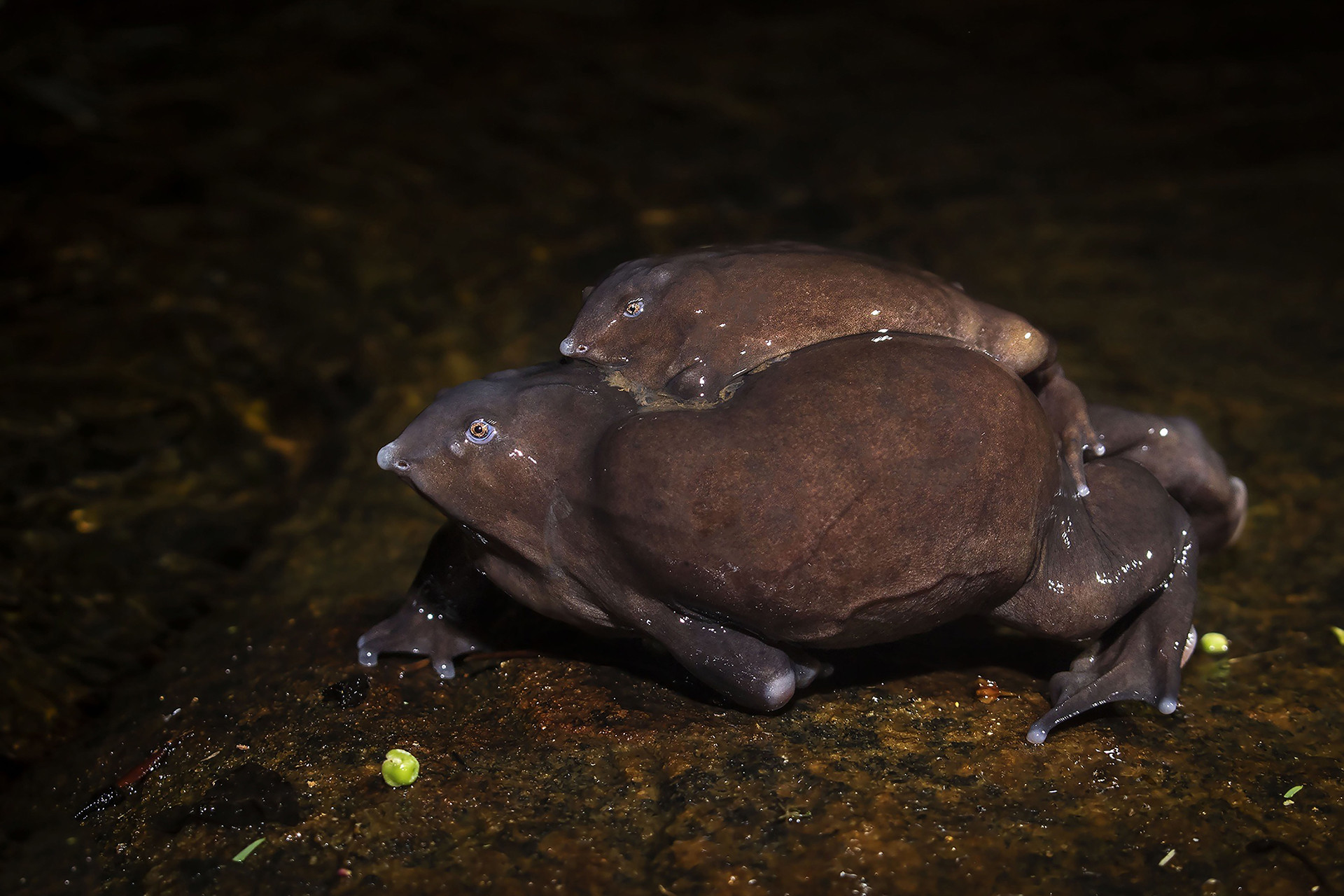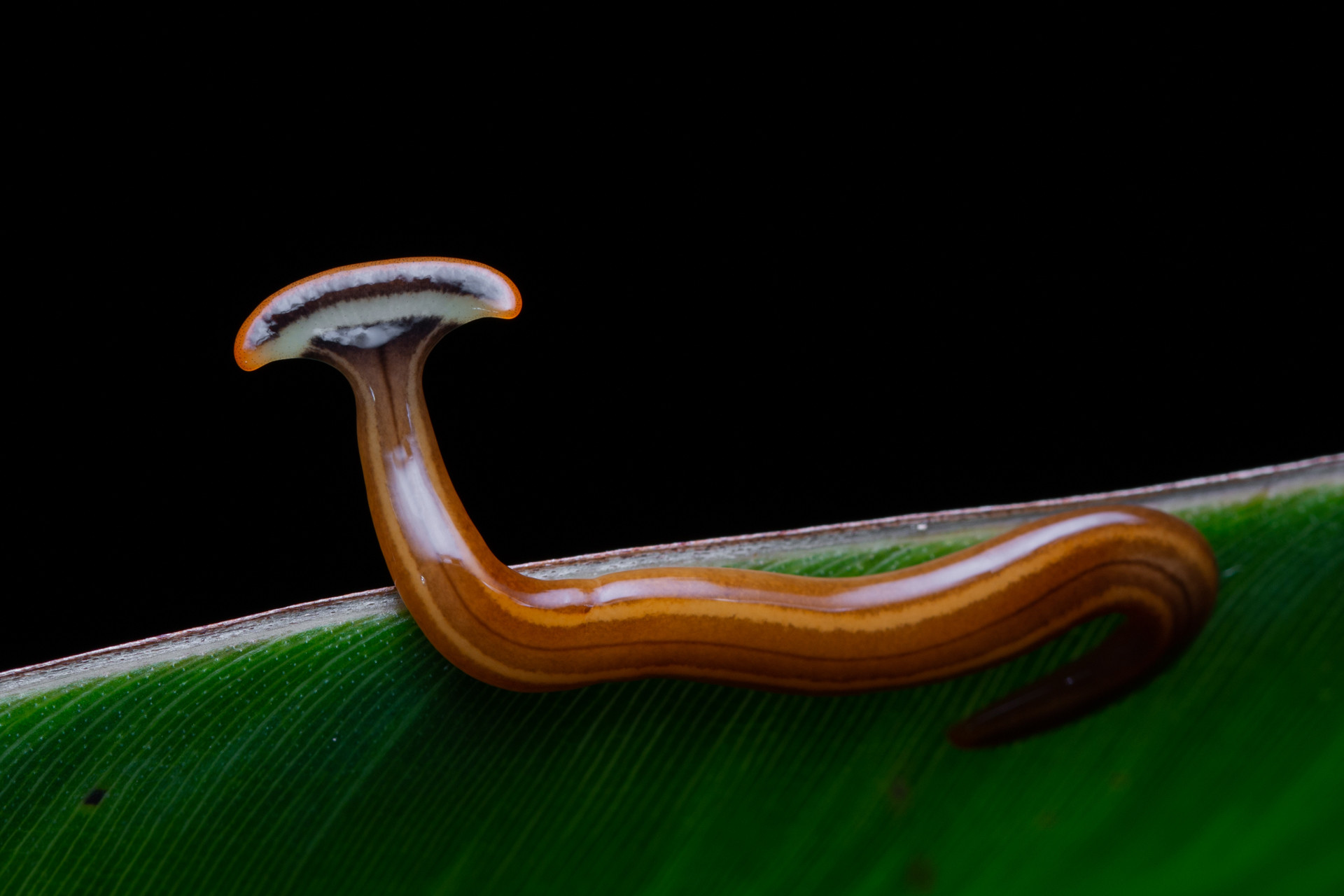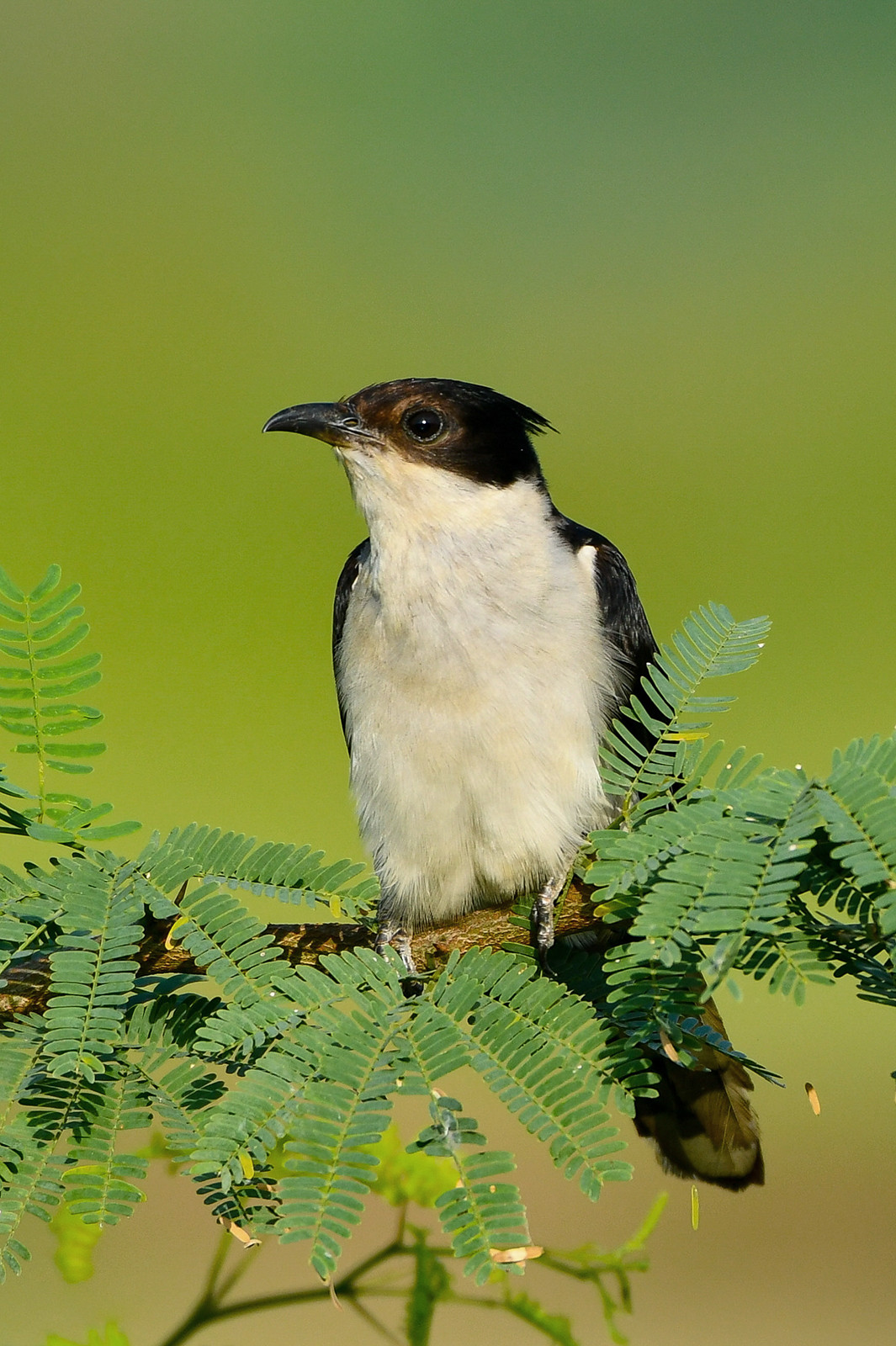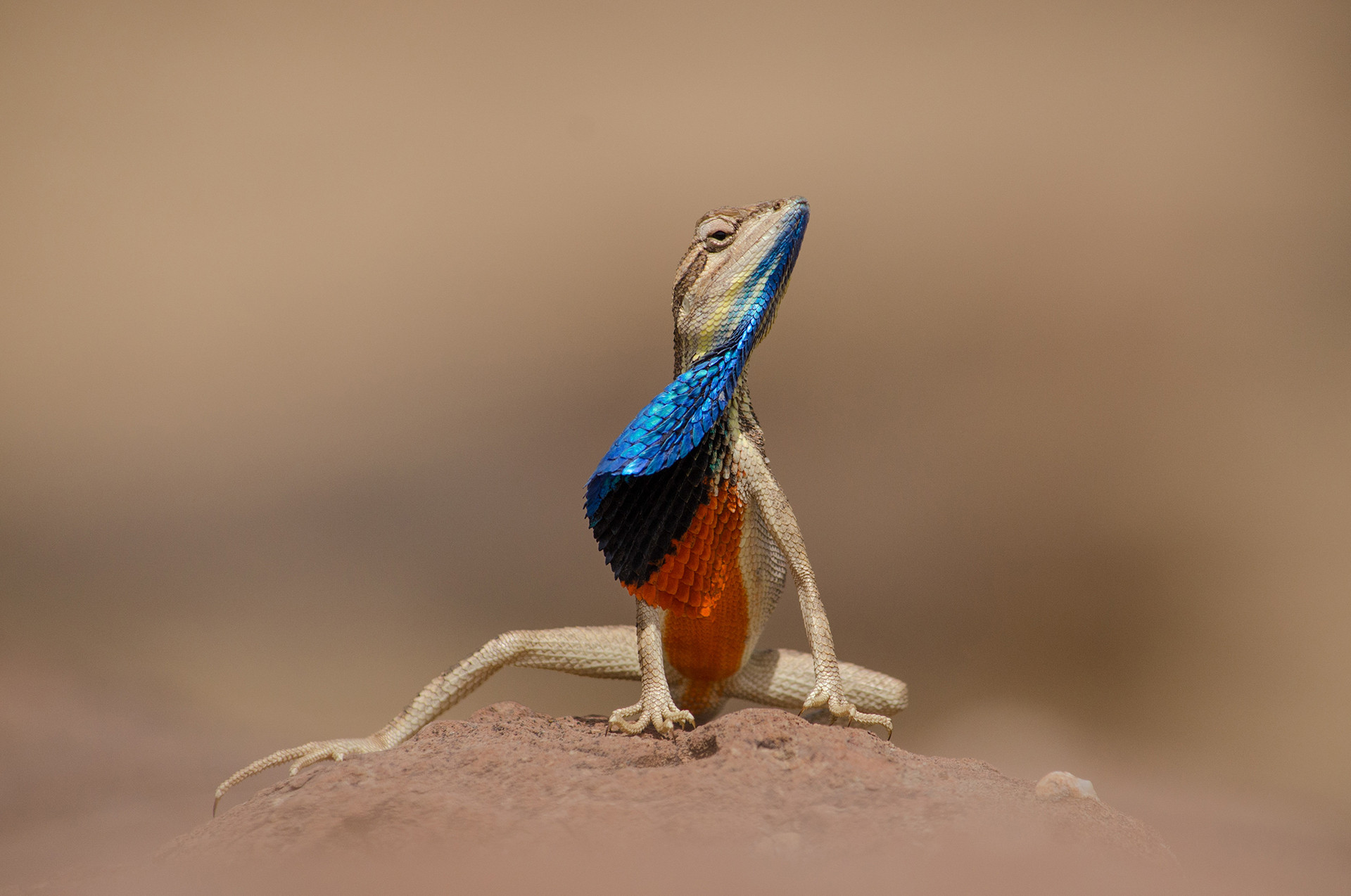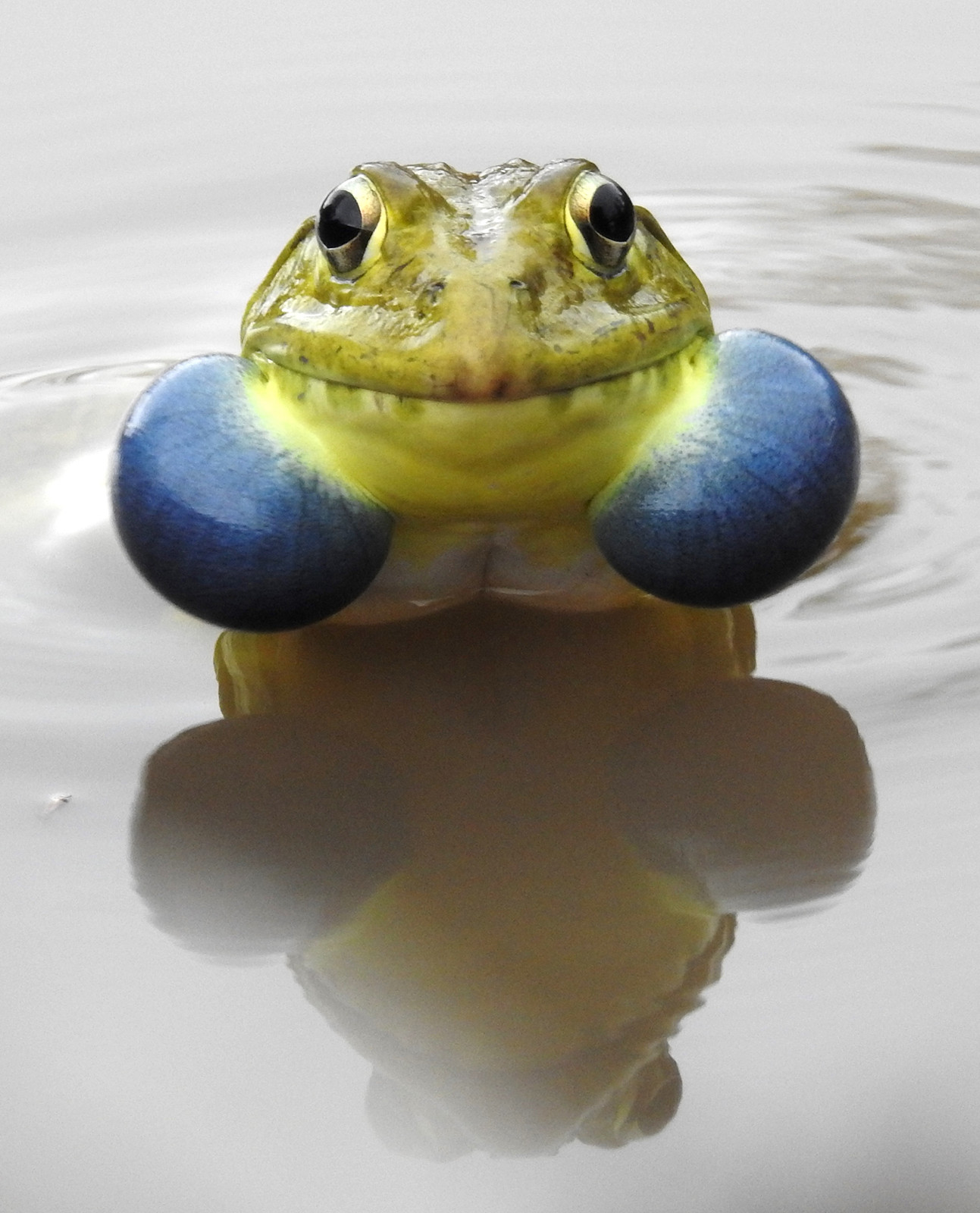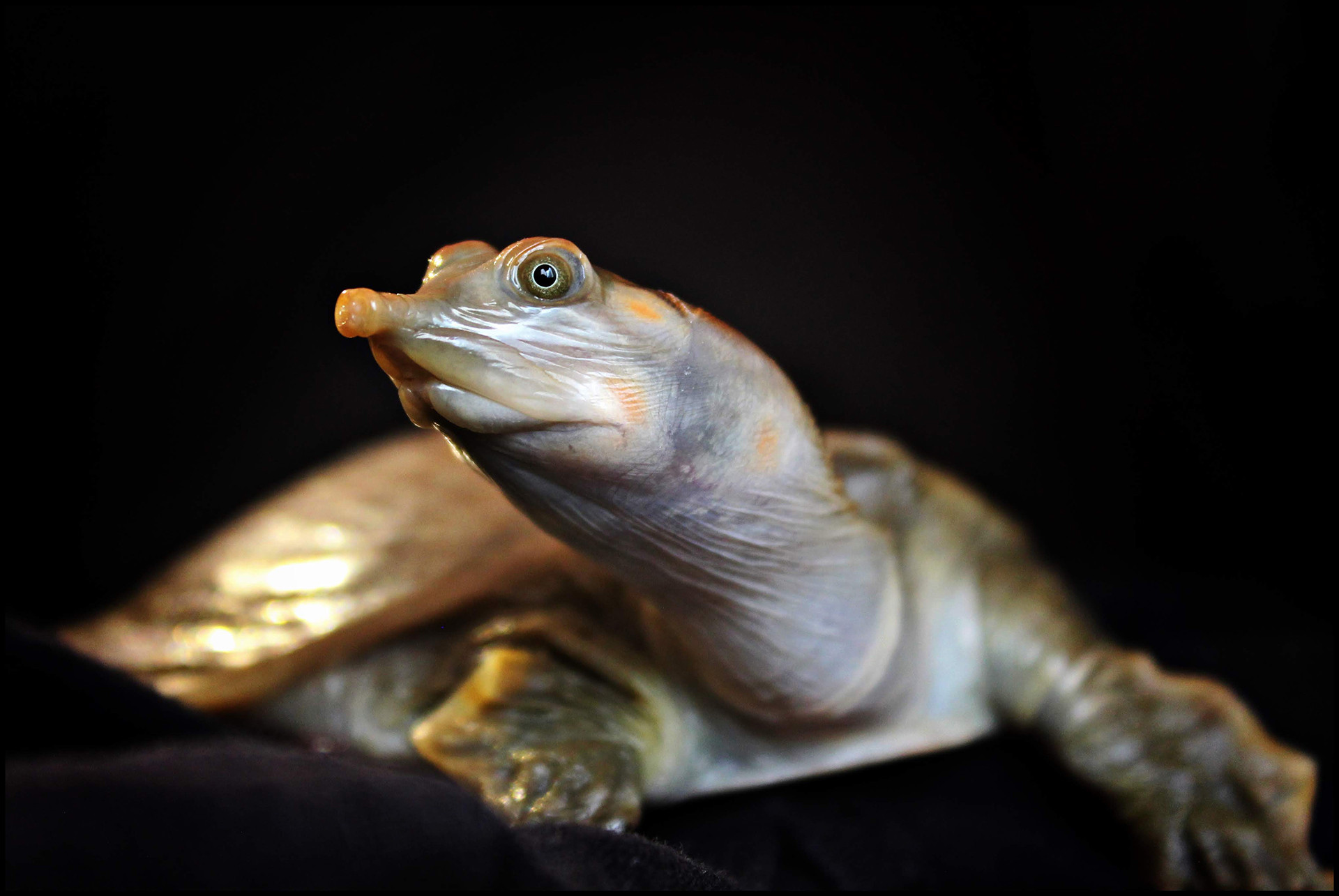If the pitter-patter of the season's first rains gets you all excited, you are not alone. As a pluviophile (someone who enjoys and finds peace during rainy days), you may step out to inhale the earthy scent of fresh rain and soak in the 'monsoon' feeling. But don't forget to look out for the other species that are sharing this joy with you.
While it is wonderful to see the world awash in new colours, the monsoon is also an important time for many plant and animal species. Some come out of their burrows for the first time in the year, others have been awaiting the arrival of the monsoon to breed, and some produce seeds. Here is a list of flora and fauna from the subcontinent that cannot wait for overcast skies.
Note: By no means is this a full list, more like a drop in that giant rain puddle. Go on, take a dip in the drop!
Malabar Pit Viper
A venomous species endemic to the Western Ghats, Malabar Pit Vipers (Trimeresurus malabaricus) occur in evergreen and semi-evergreen forests, and the shola grasslands. They are more commonly seen during the monsoon season when they can be found on rocks near streams. These snakes display a range of colours from green, brown, and yellow to chocolate brown. Malabar Pit Vipers are creatures of habit and frequent the same resting spot repeatedly. They are slow-moving snakes that strike fast when threatened or to hunt.
Purple Frog
Members of the Nasikabatrachidae family, Purple Frogs (Nasikabatrachus sahyadrensis) are listed as Endangered by the IUCN Red List of Threatened Species. They are identified by their purple-grey hue, small head and pointed snouts. Endemic to the Western Ghats, this burrowing frog species emerges only once a year, at the onset of monsoon, to lay eggs. These few hours that they spend outside their burrows are critical, during which they are often attacked by predators like reptiles and crabs.
Read more about Purple Frogs here.
Hammer-headed Worms
Bipalium or hammer-headed worms are terrestrial flatworms that are named after their hammer-like anterior parts. These worms are not parasites, although they belong to the family of worms that include the tapeworm (found in the intestines of numerous animals). Hammer-headed worms thrive in dark, cool and moist environments and are mostly found under shrubs, logs or on wet soil surfaces after heavy rains. They feed on insects and larvae and are also known to be cannibalistic. Interestingly, they produce a neurotoxin that prevents lizards and other animals from attacking them.
Cicadas
Nothing says forest like the song of cicadas. There are more than 3000 species of cicadas that are distributed worldwide. Most of the species found in India are annual, which means they emerge once a year just before the monsoon. An exception to this is the cicada species found in the Ribhoi region of Meghalaya. The signature cicada song is produced by males to attract females; the noise comes from the repeated movement of membranes that are present on either side of their abdomen. Cicadas spend their first few years underground, during which they remain active by tunnelling and feeding.
Watch a short film with rare footage of emerging cicadas here.
Malabar Gliding Frog
Endemic to the rainforests of the Western Ghats, Malabar Gliding Frogs (Rhacophorus malabaricus) are amphibians that can glide up to 12 metres using the long skin between their fingers. Gliding frogs breed during the monsoon, with the females depositing the eggs on leaves that are hanging over a water body. Tadpoles hatch in these unique foam nests and then drop down into the water below. Sadly, the population of the Malabar Gliding Frog is greatly impacted by deforestation and climate change.
Tiger Beetles
With more than 2,600 species in the family, tiger beetles are named after their prodigious appetites. Many tiger beetle species appear right after the rains and feed on larvae and other adult insects. Adult beetles are anywhere between 0.1 to 0.2 cm long, have large bulging eyes, and exhibit sparkling colours like blue, orange and green. Most tiger beetle species inhabit regions with tropical climates.
Pied Cuckoo
Pied Cuckoos are also called Jacobin Cuckoos or Chataka in local parlance. Their appearance in North and Central India is associated with the onset of the monsoon season. These black and white birds have a distinct crest on their head and their scientific name, Clamator jacobinus, is a nod to how noisy they are. Mainly arboreal, they prefer well-wooded areas as their habitat, but they tend to forage for insects in bushes and the forest floor.
Fan-throated Lizards
Fan-throated Lizards are ground-dwelling lizards. There are about 15 species of Fan-throated Lizards in India that belong to two genera: Sitana and Sarada. Male lizards have a multi-coloured loose skin on their throats called a dewlap, which they display in the form of a fan to attract females. These lizards are mainly found in shrublands and coastal areas. They have evolved to adapt themselves to seasonal rainfall and drier climates during the rest of the year. Their closest living relatives are the kangaroo lizards that still reside in moist forest areas.
Read more about the Fan-throated Lizards of Chalkewadi, Maharashtra here.
You may also like to read
Pink Forest Crab
With a pink-coloured shell, legs and orange pincers, the splendid appearance of this crab species has been incorporated into its scientific name – Ghatiana splendida. Found mainly in the basaltic rocks near Amboli, Maharashtra, this species was first identified in 2016. They were observed during the monsoon season when the rock crevices filled with water, forcing the crabs out. They are also referred to as Pink Forest Crabs by the locals. Males and females of the species can be distinguished based on the number and positioning of blunt teeth on the larger claw.
Indian Bullfrog
The largest frog species found in India, Indian Bullfrogs (Hoplobatrachus tigerinus) are mostly present in freshwater ponds, marshes, and paddy fields. They come out of hibernation at the start of the monsoon when it is time to breed; rainwater pools are crucial for their breeding cycle. Though they are designated as Least Concern by the IUCN Red List of Threatened Species, these frogs are consumed for meat in certain parts of the country, impacting local populations. A decline in the population of these natural pest control agents can have adverse effects on the ecosystem.
Read more about the threats faced by Indian Bullfrogs here.
Impatiens
Endemic to the Western Ghats, Impatiens are monsoon-dependent plants that produce brightly coloured flowers. There are several endangered balsams in this genus. Even tiny variations in temperature and humidity can significantly impact these plants, making it difficult for them to survive the extreme weather changes in the regions they grow in. For example, Impatiens stocksii is endemic to Coorg and Wayanad. The plant produces white flowers and has been observed to be sprouting two weeks later each successive year. Flowering and seed formation usually occurs during the middle or towards the end of the monsoon season, but changing seasonal patterns are delaying these events. Impatiens acaulis is another example of a species native to the Western Ghats of India and Sri Lanka. Its flowering and fruiting period is between June and December.
Red Velvet Mites
Small predatory arachnids, red velvet mites belong to the Trombidiidae family which has thousands of other mite species. They lay eggs on wet soil, and depending on the species, the number of eggs can vary between 60 and 100,000! Adult mites emerge to feed when the soil is drenched in rain and are known by the moniker ‘Rain Bugs'. Red velvet mites serve an important function in the ecosystem they live in by feeding on insects, their eggs and small vertebrates that damage plants.
Coral Snakes
With vibrant colours, coral snakes are a highly venomous reptile species that are hard to miss on the floors of rainforests. These elusive reptiles spend most of their time burrowed underground or hiding in leaf litter, only to emerge when it rains or during the breeding period. Although, there are some species that are waterborne. Coral snakes mainly feed on frogs, rodents and other reptiles.
Leith's Softshell Turtle
Leith’s Softshell Turtles are the only softshell turtle species endemic to peninsular India. They are mainly found in large rivers, and their range is restricted to the states of Maharashtra, Tamil Nadu, Kerala, Andhra Pradesh, Karnataka, Telangana and Odisha. Viable populations have been identified near the rivers Cauvery, Nethravathi and Chaliyar, among a few others. There is limited information about their distribution and habitat. These softshell turtles can grow up to 80 cm and have distinct black and red patterns on their head which may be absent in some individuals. Although they are more likely to be observed during the monsoons, they do come out sometimes to bask during the summer. Researchers are currently working on identifying populations in Maharashtra and understanding the threats faced by them.
Read more about freshwater turtles here.
Thank you, Karthikeyan Srinivasan, Divya Mudappa, Sneha Dharwadkar and Arun Kumar N for your invaluable inputs.

